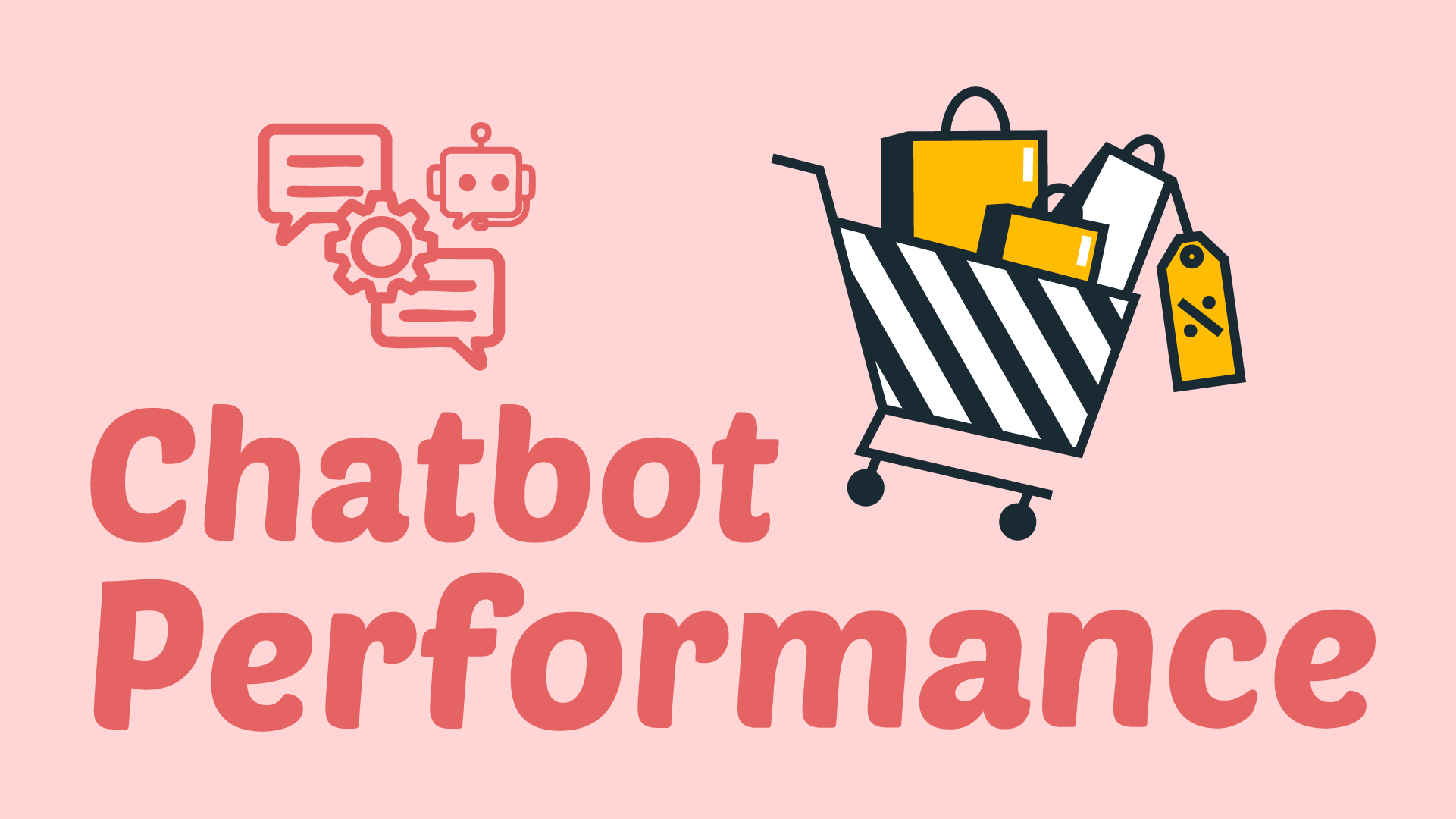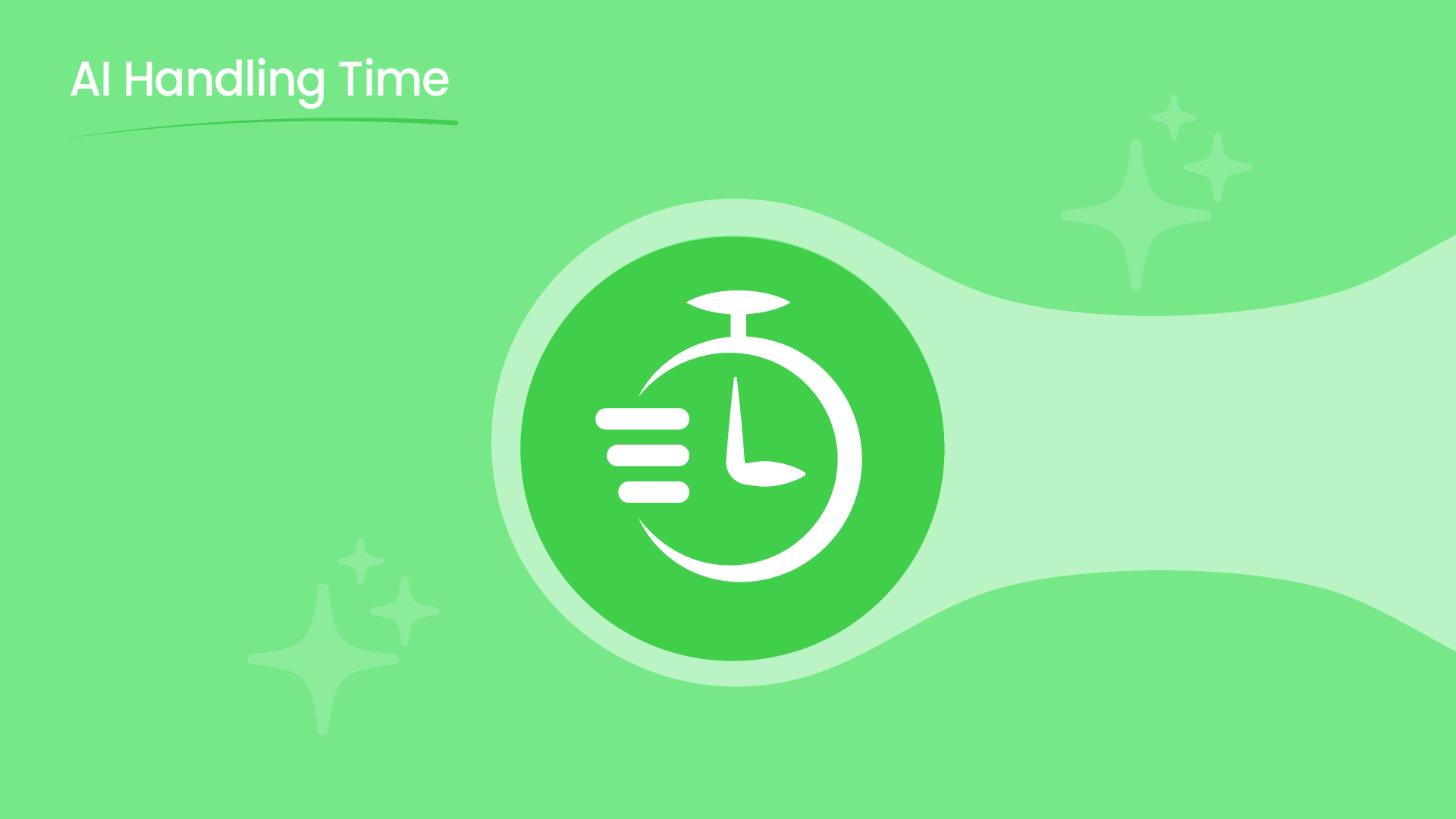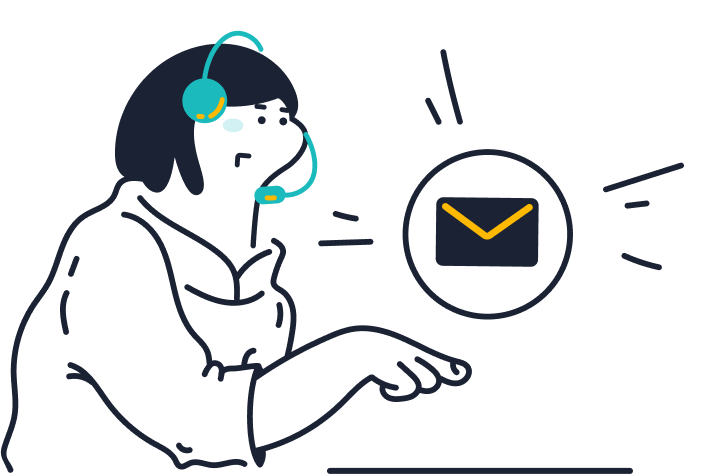Chatbots are no longer strange to ecommerce merchants—they’re widely used to answer FAQs, recommend products, support orders and help with more work in ecommerce. However, applying chatbots in ecommerce is not just about deploying—to ensure its effectiveness, ongoing performance evaluation is also essential.
Introduction: Why Evaluating an Ecommerce Chatbot Matters
Regularly evaluating the performance of chatbots helps ecommerce merchants:
- Enhancing customer satisfaction
- Improving business efficiency
- Boosting conversion and driving ROI
In this article, you’ll learn about which metrics to focus on and how to evaluate your ecommerce chatbot step by step.
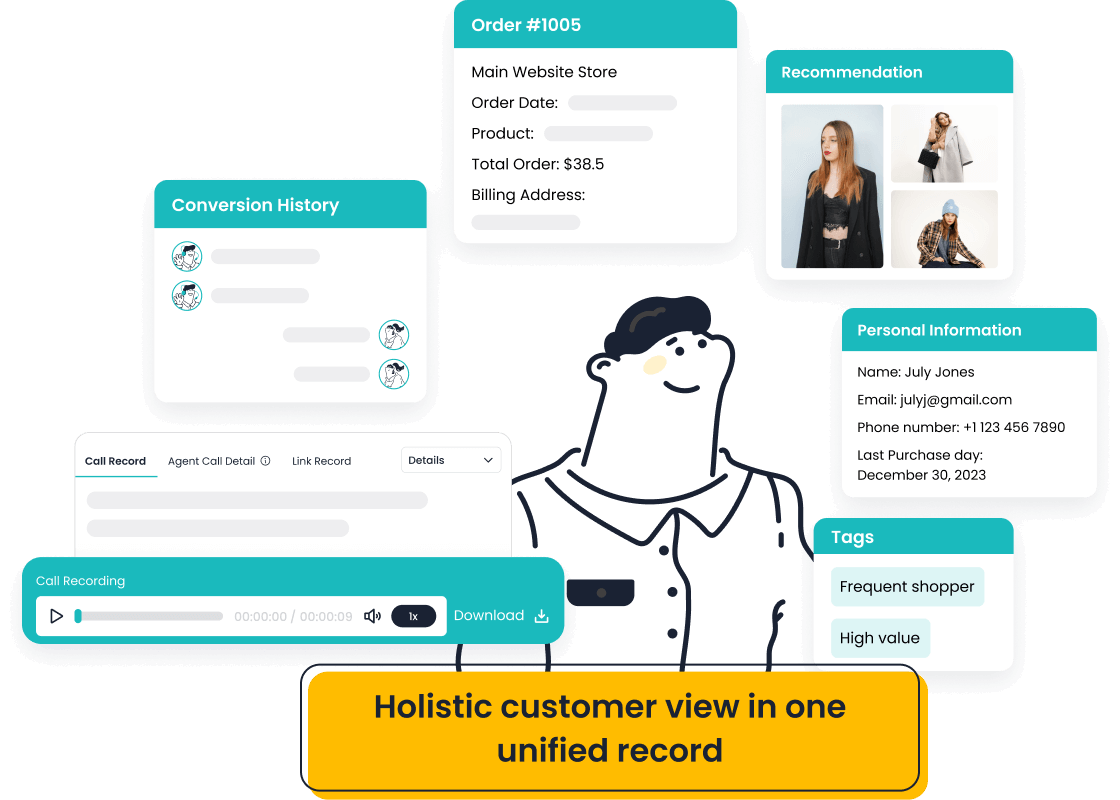
What Metrics to Track for Evaluating Ecommerce Chatbots?
Customer Experience Metrics
1. Intent Recognition Accuracy
Intent recognition accuracy measures how accurately a chatbot understands customers’ needs. For instance, when a customer asks “Where’s my package?”, the chatbot should accurately identify it as a shipment tracking request, not a product inquiry. In short, it’s about whether the chatbot correctly interprets the users’ intent behind a message.
2. Response Relevance & Context Awareness
Response relevance, or context awareness, means that chatbots can appropriately and contextually give consistent answers in a conversation. It ensures that the chatbot always stay on topic when communicating with customers.
3. Language Fluency & Tone Consistency
Chatbots should mirror brand voice—whether fun, professional, or luxury-focused, chatbots need to consistently match brand voice throughout all interactions with customers. Besides, chatbots also need to sound human-like and natural enough to improve conversation quality and enhance customers’ trust.
4. Response Time
Response time measures how quickly a chatbot responds to customers after receiving customers’ messages. Quick responses matter in e-commerce. According to HubSpot, 90% of customers rate an “immediate” response (within 10 minutes) as very important. It is directly related to chatbot’s overall capability and customers’ impression on the business.
5. Customer Sentiment Score
Sentiment analysis algorithms help measure emotional tone during conversations. A rising negative sentiment score signals dissatisfaction that needs urgent addressing, while a positive sentiment score implies great CSAT.
Business Performance Metrics
6. First Contact Resolution (FCR)
Resolution rate (or FCR) measures how often a chatbot successfully resolves a customer’s query during the first interaction without needing follow-up or escalation.
High FCR indicates the bot is effective and well-trained, directly impacting customer satisfaction and retention. Research from SQM Group reveals that businesses with high FCR enjoy 22% higher customer retention rates.
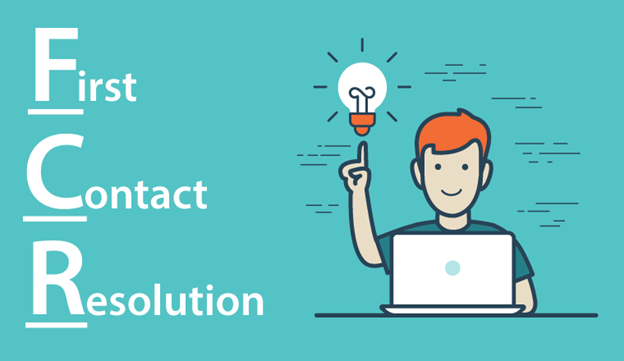
7. Escalation Rate to Human Agent (also called Agent Deflection Rate)
This metric shows how frequently a chatbot transfers a conversation to a live human agent because it can’t resolve the issue. A high escalation rate can burden human agents and lower overall efficiency.
8. Self-Service Success Rate
Self-service success rate measures the percentage of interactions in which users solve their problems using the chatbot alone, without agent escalation. According to Salesforce, 67% of customers prefer self-service over speaking to a representative, making this a critical benchmark for modern support.
9. Conversion & Upsell Performance
Conversion and upsell performance measures how effectively the chatbot helps businesses transform the potential customers in conversations into real purchasers. It shows how much the chatbot contributes to revenue growth.
How to Assess Ecommerce Chatbot Performance from Different Perspectives?
Customer-Centric Perspective
The most important judge of chatbot performance is, ultimately, the customer. From the customer’s viewpoint, a chatbot’s success is measured by the ease, efficiency, and overall satisfaction of the interaction. Evaluation from this perspective should seek to answer key questions:
- Was the chatbot easy and pleasant to use?
A user-friendly interface, natural conversation flow, and intuitive design are critical. If customers struggle to navigate the conversation, it can quickly lead to frustration and abandonment.
- Did it solve the customer’s problem without frustration?
Beyond friendliness, a chatbot must be functional. Customers expect quick resolutions, not endless loops or repeated clarifications.
- Would the customer return or recommend the brand based on the interaction?
Positive chatbot experiences can directly impact brand loyalty and word-of-mouth recommendations.
To capture this feedback effectively, businesses often integrate post-chat surveys, sentiment analysis, and real-time feedback forms. Solutions like Sobot make it easy to embed short surveys and emotional tracking after interactions, allowing businesses to gather actionable insights and continuously improve the chatbot experience based on real user data.
Business-Centric Perspective
From a business standpoint, the evaluation shifts toward operational impact and bottom-line contributions. Companies must assess:
- Cost Efficiency: Has the chatbot reduced the need for human agents, thereby lowering customer service overhead? Businesses can analyze staffing costs before and after chatbot deployment to measure efficiency.
- Sales Impact: Are chat-assisted interactions leading to higher conversion rates, larger average order values, or better customer retention? Bots that guide customers to the right products or offer personalized promotions can significantly influence buying decisions.
- Brand Reinforcement: Does the chatbot’s tone, language, and service quality align with the brand’s image? A mismatch can harm brand perception, while a well-designed bot strengthens it.
Technical Perspective
The technical perspective evaluates the chatbot’s backend capabilities — how well it functions under the hood. Key criteria include:
- NLP Performance: Can the chatbot accurately understand varied human input, including slang, typos, and emojis? Modern users communicate informally, and a rigid bot can break the experience.
- System Integration: Is there smooth and reliable integration between the chatbot and other business systems like CRM, ERP, and payment gateways? Seamless integration ensures faster processes and better data management.
- Learning Agility: Is the chatbot capable of learning from interactions, updating its database, and adapting to new customer behavior patterns automatically?
Quick Checklist for Evaluating Your Ecommerce Chatbot
Here’s a step-by-step checklist for you to start measuring your ecommerce chatbot performance:
- Define clear goals: Figure out what you hope to improve by monitoring and evaluating chatbot performance, like work efficiency, customer satisfaction, or conversion.
- Choose your key metrics: Select some key metrics that you’re going to focus on based on your goals and business.
- Collect related data: Monitor the data dashboards in customer contact systems like Sobot, and collect the metrics related to chatbot.
- Analyze and compare results regularly: Compare the chatbot metrics of different periods regularly to see if the chatbot performance has been improved.
- Refine and optimize: Optimize chatbot knowledge base or refine customer service strategies based on the findings for continuous improvement.
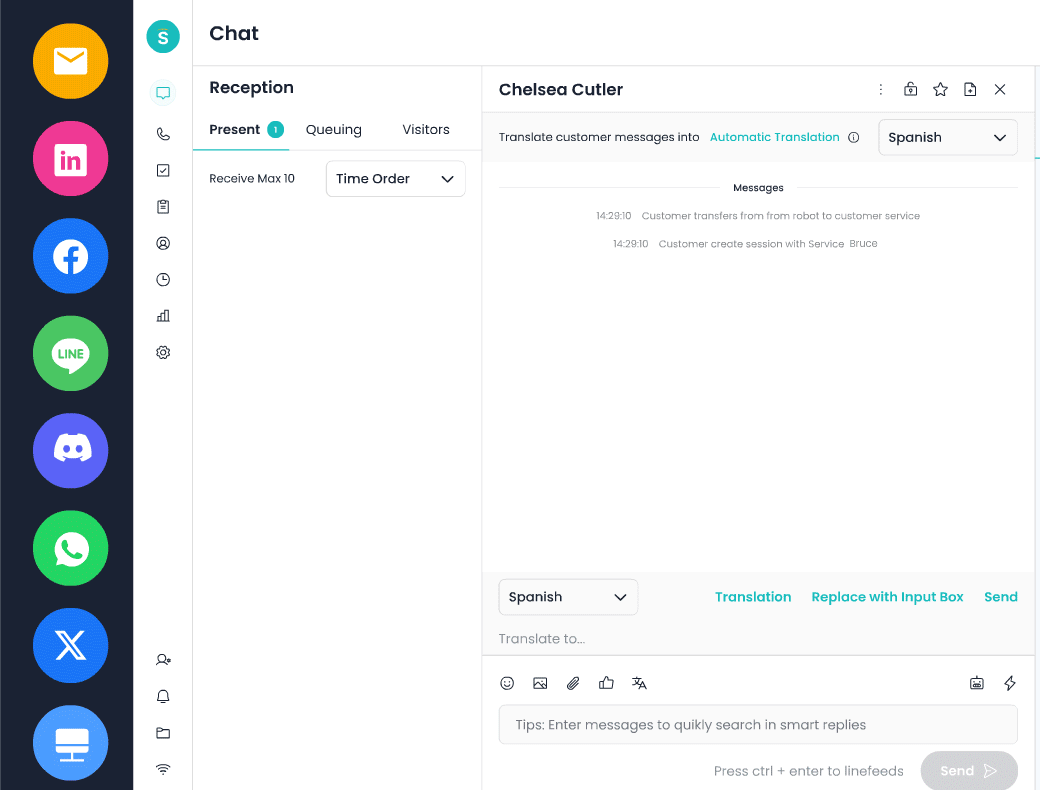
Conclusion
Evaluating chatbot performance is essential to delivering exceptional ecommerce customer service. By closely monitoring conversation quality, productivity, and technical adaptability, businesses can ensure their bots not only meet but exceed customer expectations.
In the competitive e-commerce landscape, investing in continuous assessment helps improve customer satisfaction, drive conversions, and optimize support costs.
For businesses seeking a reliable, high-performing chatbot solution, Sobot offers cutting-edge AI capabilities tailored to e-commerce needs. From intelligent automation to seamless human handover and real-time analytics, Sobot empowers brands to elevate their customer service experience.
Ready to transform your ecommerce support? Explore Sobot’s solutions today and stay ahead in the AI-driven future.
FAQs
How can ecommerce businesses use chatbots effectively?
Chatbots can be applied in various processes and scenarios in ecommerce. For example, chatbot can help with order tracking and updates, product recommendations, promotions and discount code delivery, return and refund processing and more.
What are the key features of a high-performing ecommerce chatbot?
A high-performing ecommerce chatbot requires fast and accurate responses, 24/7 availability, personalization, multilingual support and seamless handover to human agents.
Can chatbots replace human agents in ecommerce customer service?
Not completely. While chatbots are great for repetitive tasks, they struggle with complicated issues. Human agents are still essential for handling problems that require empathy or negotiation.
